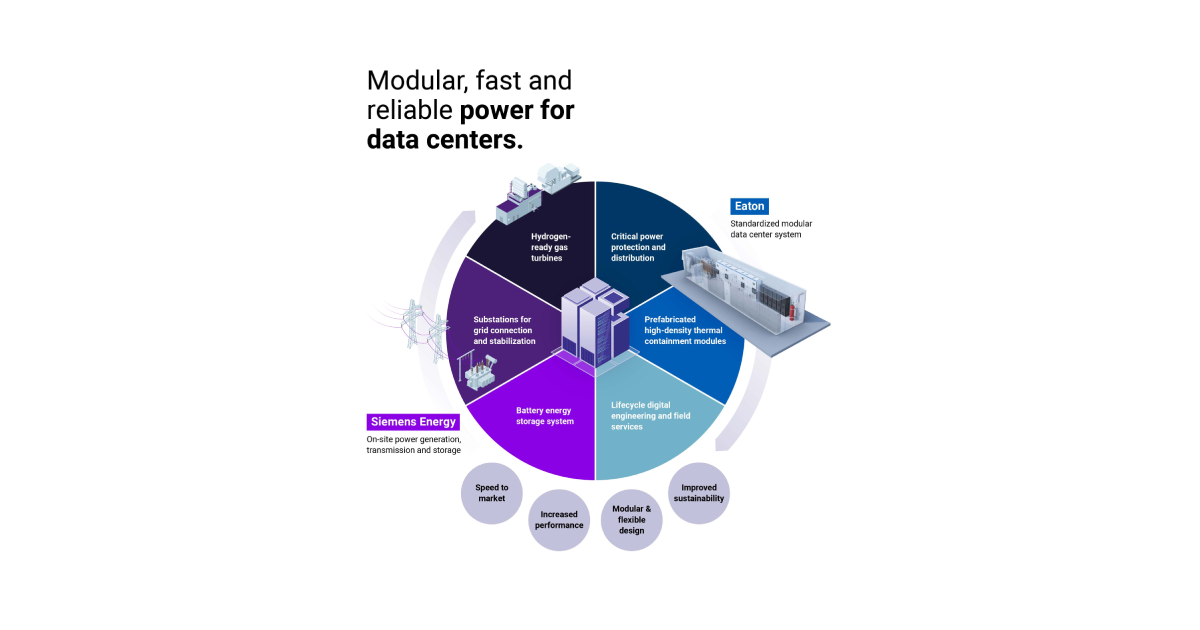Are You an Employer of Choice?

November 14, 2016
Canada’s Top 100 Employers released its 2017 winners on November 8. Now in its 18th year, the national competition looks to determine which employers lead their industries in offering exceptional workplaces for their employees. Employers are evaluated against eight criteria: 1) physical workplace; 2) work atmosphere and social; 3) health, financial and family benefits; 4) vacation and time off; 5) employee communications; 6) performance management; 7) training and skills development; and 8) community involvement.
Employers are compared to other organizations in their field to determine which offers the most progressive and forward-thinking programs.
The electricity industry has many human resource leaders that know how much strong human resources (HR) programs and policies contribute to their success. These leaders have put in place practices that include health and wellness programs, diversity initiatives, training opportunities and work/life balance policies, to name a few.
On the talent front we know that the competition for qualified workers will only continue to get greater, as other industries across the country look to replace the rapidly retiring baby boomer generation.
We also know that today’s workers have more choices, from where they want to live, to the type of work life balance they are willing to accept to be happy in both a professional and personal capacity. Employers will need to provide the best work environment they can if they are to attract and retain the brightest and most motivated employees. Employees who love coming to work every day are proud to represent their company, who feel respected and in turn respect their employer.
Employees who are engaged perform better, which leads to higher levels of employee satisfaction and decreased turnover, all which ultimately increases productivity and enhance the company’s bottom line.
If you haven’t yet looked at the cost of staff turnover or the impact of demotivated employees, do it now. The results — especially when tied to the cost of doing business — can be a wakeup call for employers who may have put these types of initiatives on the back burner.
The electricity industry, from manufacturers to distributors and everything in between, offers many great career opportunities for men and women across the country. To make sure that the next generation wants to work for your company, look at your own practices and ask yourself — or your staff — if they create the best working environment possible.
Here are some questions to get you started:
- What’s our level of turnover?
- Would our employees recommend the company as a good place to work?
- Do our employees have the opportunity to grow and develop their skills?
- Do we recognise staff when they have done a great job?
- What programs and/or policies do we have in place to support/attract the work force (e.g., peer leadership programs, leave policy, mental and physical health support, mentorship opportunities, environmentally responsible business practices).
- Do we communicate well with employees? Do we listen to concerns and respond accordingly?
The above list could easily reach 20 or 30. And it’s not an exercise that can be done overnight, and some cases the answers may be discouraging. You may need to make changes. Or perhaps it will inspire you, and provide you with the opportunity to better engage with your teams.
To become an employer of choice you need to demonstrate that you truly value your people and see them as a major part of your business’s success. Then the talent will come to you.
Michelle Branigan is CEO, Electricity Human Resources Canada; http://electricityhr.ca.















